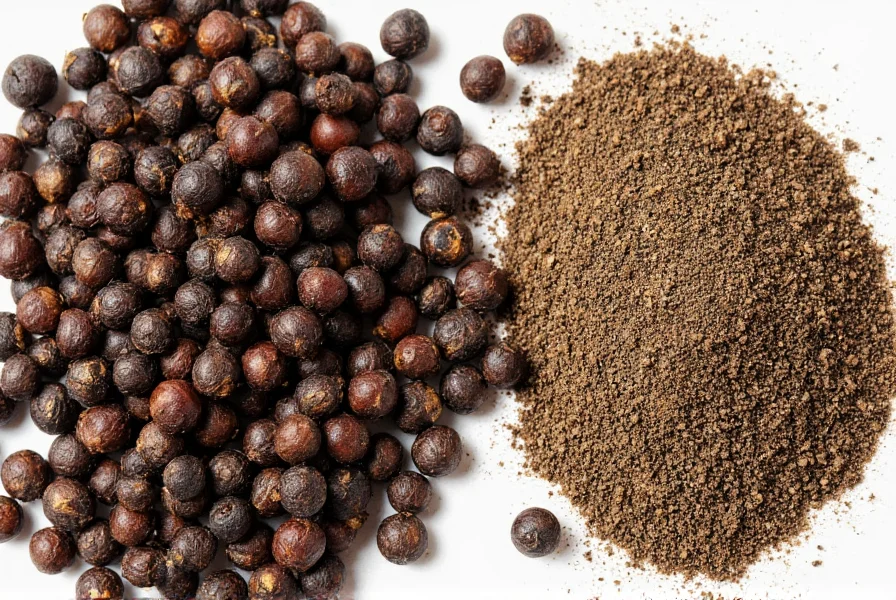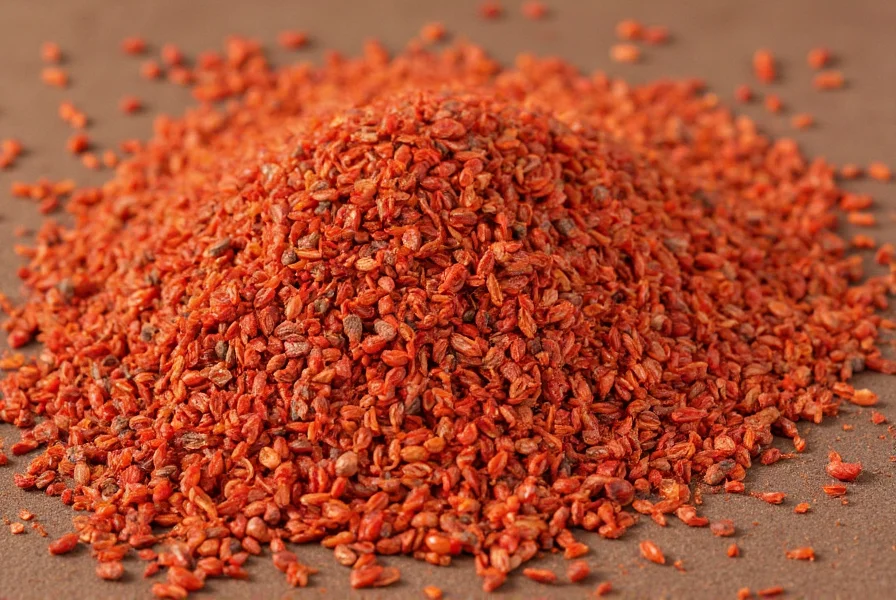Understanding the nuances of ground pepper transforms ordinary cooking into extraordinary culinary experiences. This essential kitchen staple, derived from the Piper nigrum plant, offers distinctive flavor profiles depending on processing methods and origin. Unlike whole peppercorns that maintain potency for years, ground pepper begins losing its volatile oils and complex flavor compounds immediately after milling, which explains why freshly ground pepper consistently outperforms pre-ground versions in professional kitchens.
Types of Ground Pepper and Their Unique Characteristics
While black pepper dominates supermarket shelves, exploring different ground pepper varieties reveals remarkable diversity in flavor and application. Each type undergoes specific processing that affects both taste and culinary suitability.
| Pepper Type | Processing Method | Flavor Profile | Best Culinary Uses |
|---|---|---|---|
| Black Pepper | Sun-dried unripe berries | Pungent, woody, complex | All-purpose seasoning, meats, sauces |
| White Pepper | Ripe berries soaked to remove outer layer | Milder, earthy, slightly fermented | Cream sauces, light-colored dishes, Asian cuisine |
| Green Pepper | Unripe berries preserved in brine or freeze-dried | Fresh, herbal, slightly sweet | Fish, vegetables, salad dressings |
| Red Pepper | Ripe berries preserved in brine | Fruity, floral, less pungent | Fruit salads, desserts, specialty dishes |
The Science Behind Freshly Ground Pepper
When you grind peppercorns, you release volatile oils containing piperine—the compound responsible for pepper's characteristic heat and aroma. These compounds begin evaporating within minutes of grinding, which explains why freshly ground pepper delivers significantly more complex flavor than pre-ground versions. Professional chefs universally prefer grinding pepper immediately before use because pre-ground pepper loses up to 50% of its aromatic compounds within 15 minutes of milling.

Optimal Storage Practices for Maximum Flavor Retention
Proper storage dramatically extends ground pepper's shelf life and preserves its flavor profile. The key factors affecting ground pepper quality include light exposure, humidity, and air contact. For optimal results:
- Store in airtight containers away from heat sources
- Keep in dark cabinets rather than clear containers on countertops
- Grind only what you'll use within 2-3 weeks for peak flavor
- Maintain consistent temperature between 60-70°F (15-21°C)
Ground pepper typically retains acceptable quality for 3-4 months when stored properly, compared to whole peppercorns which maintain peak quality for 2-3 years. The difference between properly stored ground pepper and degraded product is immediately noticeable in both aroma and taste intensity.
Culinary Applications and Flavor Pairing Strategies
Mastering ground pepper usage elevates everyday cooking. Black pepper complements rich meats like beef and lamb while enhancing chocolate desserts with its subtle warmth. White pepper's milder profile works better in cream-based sauces where black specks would be visually disruptive. Understanding these distinctions helps home cooks make informed decisions about when to use freshly ground pepper versus pre-ground and which pepper variety best suits specific dishes.
Chefs recommend adding ground pepper during the final stages of cooking to preserve volatile flavor compounds that dissipate with prolonged heat exposure. This technique maximizes the aromatic benefits while maintaining the desired heat level. For salad dressings and cold preparations, allowing pepper to steep in the dressing for 15-20 minutes before serving creates more integrated flavor.

Nutritional Profile and Potential Health Benefits
Ground pepper contains piperine, which enhances nutrient absorption—particularly of curcumin in turmeric—by up to 2,000%. This bioavailability boost makes pepper a valuable addition to health-conscious cooking. One teaspoon (2.3g) of black pepper provides:
- 5 calories
- 1g dietary fiber
- Trace amounts of iron, manganese, and vitamin K
- Antioxidants including beta-carotene and selenium
Research suggests piperine may support digestive health and exhibit anti-inflammatory properties, though these benefits are most pronounced when using freshly ground pepper rather than degraded pre-ground versions. The difference between freshly ground pepper versus pre-ground nutritional value becomes significant after just a few weeks of storage.
Common Misconceptions About Ground Pepper
Many home cooks operate under incorrect assumptions about ground pepper. Contrary to popular belief, the heat level doesn't increase with age—older ground pepper actually loses pungency. Another misconception involves grinding techniques; using a blade grinder creates inconsistent particle sizes that affect flavor release, while a quality burr mill produces uniform grind for optimal extraction. Understanding these nuances helps cooks make better decisions about how to store ground pepper properly and when to replace aging product.
FAQ
What's the shelf life of ground pepper compared to whole peppercorns?
Ground pepper maintains optimal flavor for 3-4 months when stored properly in an airtight container away from light and heat. Whole peppercorns retain peak quality for 2-3 years under similar conditions. The dramatic difference in shelf life explains why professional kitchens always grind pepper immediately before use.
Why does freshly ground pepper taste significantly better than pre-ground?
Freshly ground pepper releases volatile aromatic compounds and piperine (the heat compound) that begin evaporating immediately after grinding. Pre-ground pepper loses up to 50% of these flavor compounds within 15 minutes of milling, resulting in noticeably diminished complexity and heat intensity.
Can ground pepper go bad or become unsafe to eat?
Ground pepper doesn't spoil in the traditional sense but gradually loses flavor and potency. Properly stored, it remains safe indefinitely though flavor degrades significantly after 6 months. Discard if you notice musty odors, clumping from moisture exposure, or visible mold—though these issues are extremely rare with properly stored pepper.
What's the difference between ground white pepper and black pepper?
White pepper comes from fully ripe peppercorns with the outer layer removed through soaking, resulting in a milder, earthier flavor without the floral notes of black pepper. Chefs use white pepper primarily in light-colored dishes where black specks would be visually disruptive, while black pepper delivers more complex, pungent flavor suitable for most applications.
Does ground pepper have any significant nutritional benefits?
While not nutritionally dense, ground pepper contains piperine which enhances absorption of other nutrients—particularly curcumin in turmeric—by up to 2,000%. It also provides trace amounts of manganese, iron, and vitamin K, plus antioxidant compounds. These benefits are most pronounced when using freshly ground pepper rather than degraded pre-ground versions.











 浙公网安备
33010002000092号
浙公网安备
33010002000092号 浙B2-20120091-4
浙B2-20120091-4